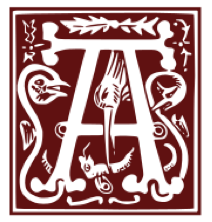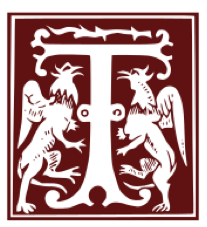Can documentation practices make the world safe for CEM?
To mark the publication of a new Digital Clarity Group Insight Paper, “The New Role for Documentation in the Era of Customer Experience Management,” consider this historical tale.


lthough we now date the early 15th-century as the dawn of the Renaissance, Europe at the time was still more medieval than modern, more ignorant than enlightened. Curiosity was a sin, observation and experimentation a sacrilege, innovation virtually unheard of. The large cities and trade centers – Florence, Venice, Konstanz, Bruges – had viable and even vibrant commercial operations, but business was structured and controlled by rigorous hierarchies, clearly prescribed roles, and the unquestioned serenity of time-honored practices.

his was the world of Poggio Bracciolini. Trained as a scriptor or “skilled writer of official documents” – in short, a technical writer – Poggio rose to become papal secretary to John XXIII. His abiding passion was “book hunting,” searching for texts from the humanist authors of ancient Rome. In a monastic library in southern Germany in early 1417, Poggio opened a volume titled De rerum natura (On the Nature of Things) by the Roman poet and philosopher Lucretius. Celebrated in its time by Virgil, Cicero, and Ovid, this long prose poem had disappeared into utter obscurity for more than a millennia. That it survived at all was due to the efforts of another group of documentation professionals – the innumerable and nameless scribes who, though the centuries, made copy after copy after copy, preserving the work even as the links in this chain of manuscripts, stretching from Lucretius’ pen to Poggio’s hand 1000 years later, succumbed to the ravages of rot, fire, and the dreaded bookworms.

tephen Greenblatt’s masterful, Pulitzer Prize-winning book The Swerve (from which I take these details) tells the story of Poggio’s unexpected discovery and, more importantly, of the massive but unforeseeable disruption that Lucretius’ text would cause in the development of Europe, and of the world. In On the Nature of Things, Lucretius celebrated and extended the doctrine of the Greek Atomists – namely, the notion that everything is made up of indescribably small particles that combine and recombine to make up all that we see, know, or could know on earth or in the heavens. From this prescient understanding of the physical world, Lucretius articulated insights about the evolution of species, human free will, and the nature of social connections and habits. Greenblatt convincingly argues that it was the rediscovery of this lost work – this unexpected swerve in European history – that, at least symbolically, burst the constraints of the dark ages and ignited the Renaissance. In effect, the tireless document production of the medieval scribes, and the sagacity of a the technical writer Poggio, enabled the foundation of modern, enlightened societies and civilizations in Europe and beyond.

That was the first time that documentation professionals saved the world. This story is worth remembering in the context of today’s digital disruptions. The swerve, initiated by connected and empowered consumers, was as unexpected and unforeseen as Poggio’s discovery. The impact will almost certainly be equally profound, but immeasurably faster. Organizations of all types and descriptions – consumer or business oriented, private or public, large or small – need to fundamentally rethink the world in which they operate, and restructure how they relate to, engage, and benefit their customers, constituents, and employees. I’m convinced that documentation professionals will again play a central role.
With the advent of customer experience management (CEM), the message has been that documentation professionals must adapt their content for new uses in the customer lifecycle. What is less often remarked is how documentation practices will provide the foundation for consistent, organization-wide CEM.
From one perspective, technical writers and documentation teams occupy an intermediate space in most organizations. Situated between the developers or engineers and the marketers – between the makers and the shakers, so to speak – technical writers are not fully at home in either realm. And yet it is precisely this threshold existence, their unique combination of coding and communication, that makes documentation professionals and their established practices the indispensable foundation for maturing CEM. Although the aim of CEM is variously described as that of engaging, enchanting, and delighting customers, it will not be possible to achieve any of this consistently and at scale without the rigor, structure, and precision that documentation teams have developed for producing and managing content.
Does this mean that you can’t spell customer experience management without DITA (or similar xml-based component content model)? I think the answer is yes and no. No, because its current form, DITA is too restrictive and inflexible. But yes, because something like DITA will be necessary if any organization hopes to master the creation, orchestration, and optimization of discrete, combinable, and intelligent experience assets for omnichannel CEM. (Shades of Lucretian atomism!)
I look forward to your reactions to this paper.








